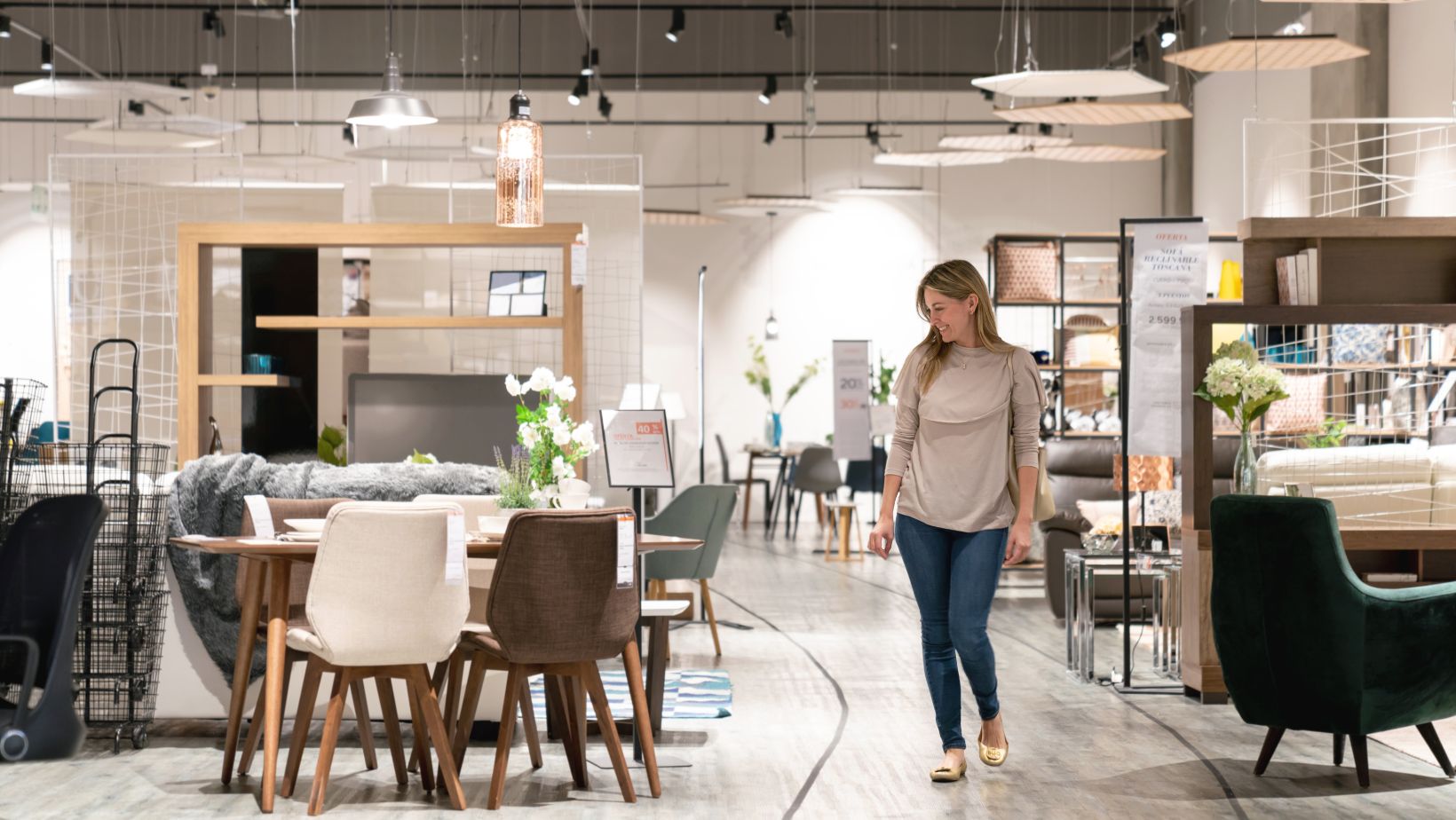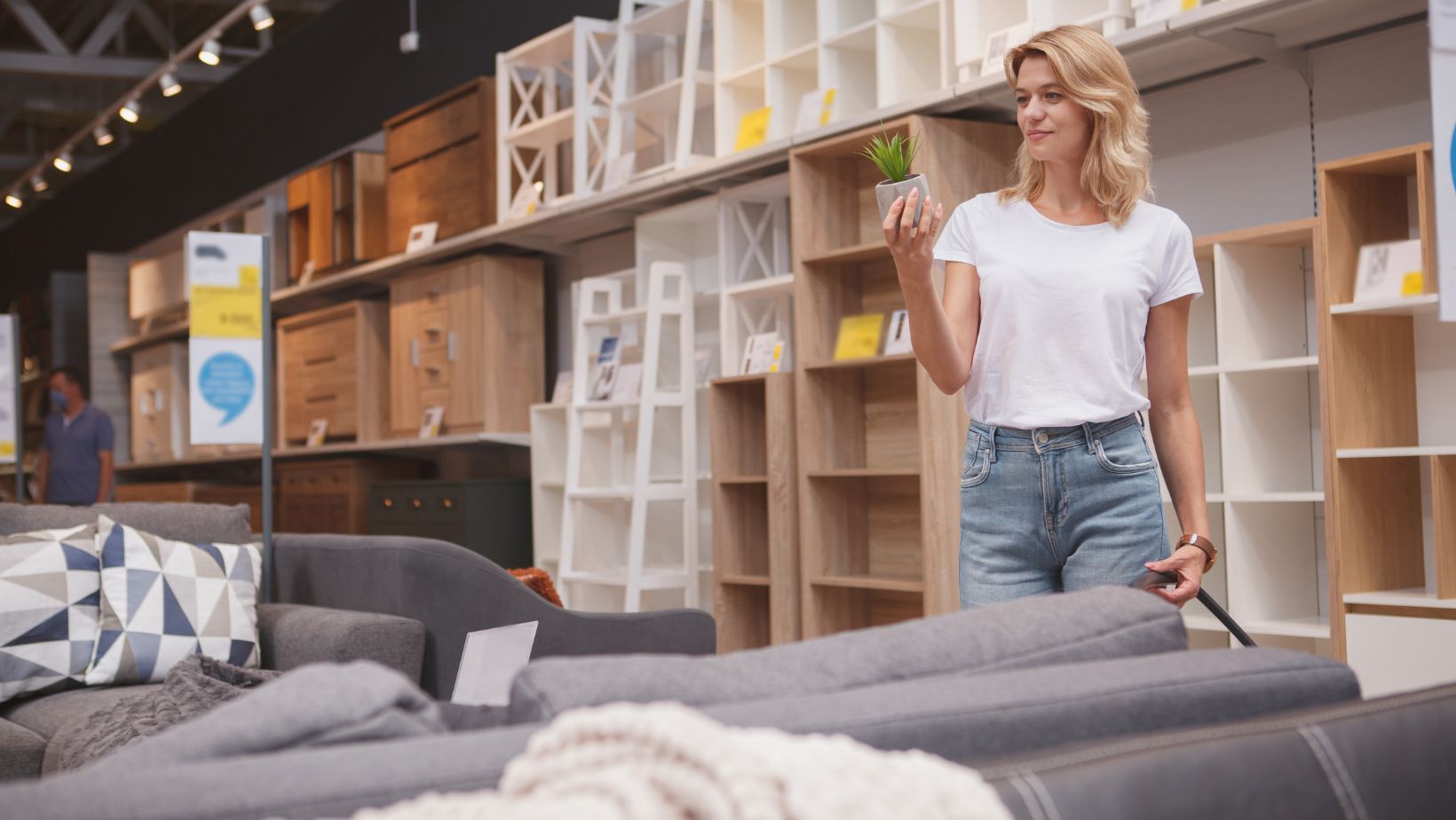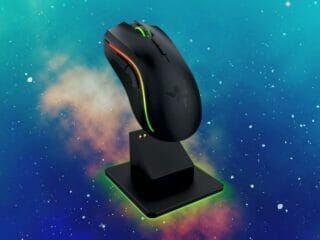
In recent years, the retail landscape has undergone a major transformation driven by emerging technologies. One of the most impactful innovations is augmented reality (AR). As brands compete to provide seamless and engaging customer experiences, AR in retail use cases are becoming not just a novelty, but a necessity. From virtual try-ons to interactive store layouts, AR is reshaping how consumers interact with products and brands.
Virtual Try-Ons: Bridging the Gap Between Online and In-Store
One of the most widely adopted AR applications in retail is virtual try-ons. Clothing, cosmetics, and eyewear brands now offer AR-powered tools that allow users to “try before they buy” using their smartphone or computer camera. This feature helps bridge the uncertainty that comes with online shopping and reduces product return rates. For example, beauty brands like L’Oréal and Sephora have integrated AR to let customers test different makeup products on their faces in real time.
Interactive In-Store Navigation
In physical retail environments, AR is also enhancing how customers explore stores. Some large retailers use AR apps that guide shoppers through aisles, helping them locate items faster with a digital overlay.

IKEA, for instance, has implemented AR both in-store and online, allowing customers to visualize how furniture will look and fit in their homes, improving decision-making and customer satisfaction.
Personalized Marketing and Engagement
Another promising use of AR in retail involves personalized marketing. Through AR-enabled apps, brands can offer tailored recommendations or discounts when a user scans a product or store area with their phone. This gamified shopping experience boosts engagement and encourages impulse purchases. Interactive AR campaigns have proven effective in increasing brand loyalty, especially among younger demographics who seek immersive digital experiences.
Enhanced Product Visualization
Complex products such as electronics or furniture often require more than a simple image to convey their value. AR enables 3D product visualizations that customers can rotate, zoom into, or even place in their living space virtually. Retailers like Home Depot and Lowe’s have used this capability to let users visualize tools or fixtures in their homes, reducing purchase hesitation.
Training and Employee Support
Beyond customer-facing solutions, AR is helping in retail operations as well. AR training modules provide employees with interactive learning experiences on everything from store layouts to customer service protocols.

This not only accelerates onboarding but also ensures consistent training across multiple store locations.
The Future of AR in Retail
While AR technology is still evolving, its current adoption is a strong indicator of its future importance in retail. As 5G and wearable devices become more common, AR in retail use cases will expand even further—offering real-time, hands-free experiences. This could mean virtual store assistants or AR glasses that display product info and pricing as shoppers walk through aisles.
Conclusion
As consumer expectations continue to rise, retailers must innovate to stay competitive. The integration of AR in retail use cases offers a powerful way to enrich shopping experiences, drive engagement, and streamline operations. For businesses aiming to stay ahead, exploring AR solutions is no longer optional—it’s strategic.





